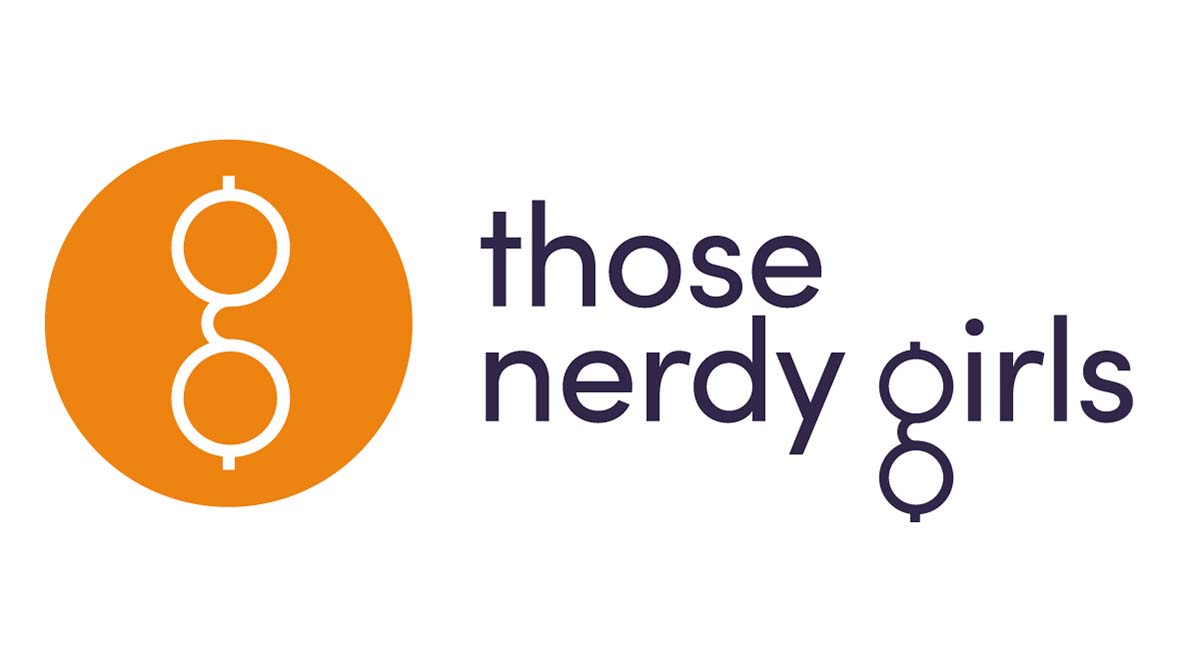Medical misinformation presents one of the most pressing challenges of our time. Everyone in medicine must proactively confront this potentially lethal scourge or accept the escalating consequences.
We speak from experience: Our medical science experts at Dear Pandemic — a group of women researchers and clinicians (“Nerdy Girls”) who provide accurate information about COVID-19 and other health issues — have been in the trenches fighting misinformation for the past 30 months. We’ve engaged with more than 100,000 readers, and answered more than 2,000 questions, primarily about the COVID-19 pandemic. We’ve learned a lot along the way, and we want to share those learnings to help you confront misinformation about vaccines, climate change, diseases, and more.
One of the most important lessons is that this battle can be won. Recalcitrant disinformation zealots are the minority; in our experience, most people genuinely want access to digestible, credible, evidence-based information. Our readers reinforce this sentiment through their engagement and messages of gratitude, as in this email:
“You are truly the only source I trust for COVID answers. You care about the facts and don’t have other agendas.”

As a health care professional, you have a golden opportunity to make a difference: You are a trusted messenger. You don’t need to do it yourself or start from scratch. Many organizations have provided communication resources, including our model. We can help build your science communication toolkit. We implore you to seize your opportunity. Here’s how:
Monitor misinformation
Monitoring relevant misinformation helps you get ahead of the problem and focus your efforts. From climate change denial to anti-vaccination sentiments to COVID-19 denial, the playbook for spreading misinformation is similar, as illustrated through the techniques of science denial explained by scientist John Cook, PhD, at George Mason University in Virginia.
Misinformation can be addressed by highlighting denialist themes or by communicating the nuanced science that misinformation-spreaders distort or deny. Dear Pandemic scientists regularly review social media and news stories. We get great responses to myth debunking posts, like this post on flu shot myths, and this one on COVID-19 myths. Timely topics tend to do particularly well, like this post on Ivermectin treatment when it was all the rage. We often use these opportunities to boost science literacy by explaining the origins of a myth. The enthusiastic response to our series on logical fallacies (patterns of reasoning that seem true on the surface but have critical flaws), by Nerdy Girl Kristen Panthagani, MD, PhD, is a testament to people’s thirst for understanding the strategies used to spread misinformation.
Tips: Monitor news for misinformation and ask patients, neighbors, and friends what they are hearing. Read a few articles on the principles of misinformation, such as this piece by the American Psychological Association.
Address fears and other obstacles
Tackling misinformation involves a lot of listening and empathy. Relevant fears and concerns are best identified and addressed in a safe, judgment-free space. Understanding the source of the misinformation and the functions it serves can be helpful, as can efforts to separate emotion from fact. Calling out misinformation does not make the problem worse, as some fear.
Dear Pandemic creates an environment where emotions and inconveniences are acknowledged and where there is no stupid question or shame for having been misled. Our readers often comment on our balanced approach and appreciate it when we recognize that healthy choices (like wearing masks) are not always all roses. One of our top performing posts in 2020 was a tough love answer to, “Can't I just give my nose a little break while I'm wearing my mask?” We joked that not covering your nose is like using a condom but not covering your penis. Our readers also appreciate our relatable personal stories, like this one about a Nerdy Girl family’s COVID-19 infection.
By recognizing common reasons to embrace misinformation, we can lay them bare for discussion. These include: the misinformation comes from a trusted source; it reinforces a core value or belief; it provides a feeling of certainty when we feel powerless or afraid; it supports a “safe” or “easy” path (e.g., “I’ll be safe as long as I take these pills!” or “There’s no point wearing a mask because they don’t work anyway”).
Tip: Ask an open-ended question about someone’s fears to get the conversation started. For example: “Tell me what concerns you most about this vaccine?” Listen closely and compassionately, without interruption.
Be transparent and humble
We are suffering a crisis of public confidence in science and established institutions. Greater transparency — and proactive acknowledgement of the limitations of our knowledge — will be part of the solution.
Our readers have responded well to candid posts about vaccine side effects in kids, rare adverse events, changing mask guidance, and other touchy subjects. By legitimizing fears about rare risks, rather than dismissing them, we build trust and create opportunities to help people think about balancing benefits and risks.
Tips: Seize opportunities to highlight the evolving nature of science, such as when discussing changing public health guidance. Reframe concerns about side effects by highlighting examples of our highly effective safety monitoring systems for rare adverse events (like the detection of vaccine-related blood clots).
Cite your sources
In the digital age, the ability to separate credible sources from unreliable ones is essential. Without this skill, we are highly vulnerable to medical misinformation, from fear-mongering headlines to predatory marketing for unproven products.
At Dear Pandemic, we lead by example: Our readers appreciate the reference lists at the bottom of each post. We routinely note the level of credibility of our sources, differentiating between an expert consensus, a small pilot study, and everything in between.
Tips: When speaking with a concerned patient or caregiver, cite a relevant health care organization and provide follow-up resources (such as a link to the American Academy of Family Physicians website). Ask patients about their information sources and provide guidance about why or why not their sources are credible.
Develop a toolkit
Health care professionals have limited time for patient interactions. For misinformation issues that occur repeatedly, have prepared materials ready. Infographics are particularly powerful for conveying complexity — such as, “What should I do if I’m exposed to COVID-19?” by our colleagues at IMPACT (Illinois Medical Professional Action Collaborative Team).
Nerdy Girl Sarah Coles, MD, program director for the Family and Community Medicine Residency at North Country Healthcare in Flagstaff, Arizona, developed a powerful primary care toolkit. She prepared autotexts for the electronic health record that address frequently cited misinformation, handouts with easy-to-understand health information, references to reliable resources and websites, and scripted responses to common concerns.
Tips: Collect materials from trusted partners or create your own material, either printed or online. Consider consolidating resources on a webpage with information addressing common myths, FAQs, and links to expert societies. Link to myth-busting resources like the World Health Organization page on COVID-19 myths, the National Institutes of Health page tackling cancer myths, the Nerdy Girls playbook for combating misinformation, and healthychildren.org, familydoctor.org, and choosingwisely.org.
Speak up
To defeat misinformation, we need to turn up the volume on accurate information. As a health care professional, your voice has huge potential to contribute. Even if you don’t create your own content, amplifying other voices by sharing on social media can be highly influential, as articulated here by IMPACT.
Dear Pandemic uses seven outlets: a website, a newsletter, Facebook, Twitter, Instagram, LinkedIn, and YouTube. Our experts are frequent contributors to media articles, online and community panels, and scientific journals. There are often synergies between in-person and online forums, with each building our audiences in the other.
Tips: Create and/or amplify content on social media, volunteer on a Q&A panel, write an op-ed, or participate in local education events through schools, community centers, and faith-based organizations. Engage with the media. If online harassment rears its ugly head, take advantage of available resources, like this toolkit from IMPACT.
Find partners
We know firsthand how hard it is to do it all. We have been juggling work, families, and a pandemic while running Dear Pandemic. Our secret weapon is each other. The best partnerships not only distribute the work, but also provide complimentary skills and support. Partnerships can enhance your brand, expand your reach, and help address the needs of underserved populations.
Our team has benefited from synergies with other organizations like Querida Pandemia (which reaches Spanish-speaking communities), IMPACT, and Critica. We formed a “Nerdy Neighborhood” Slack channel to share resources, support, and laughs with others, including the SciMoms, UnbiasedSciPod, Unambiguous Science, Your Local Epidemiologist, ScienceWhizLiz, and Fueled by Science.
Tips: Formalize your efforts by creating a team and getting organizational leadership on board. Partner with others who share your passion for fighting misinformation, ideally with complementary expertise, from both within and outside your organization. Even something as simple as a Slack chat channel is a great start. Put out a call for volunteers; you might be surprised how much interest you get.
Note to students: Don’t underestimate the value you bring, especially when it comes to navigating social media in ways that older generations are uncomfortable with.
Remember the power of us
The last 30 months have been exhausting, and often demoralizing, but we remain optimistic. Every day we experience small victories. Most people want to make decisions rooted in evidence. They just need a little help.
With all hands on deck, medical providers can make a big difference.
Editor’s note: The opinions expressed by the authors do not necessarily reflect the opinions of the AAMC or its members.


